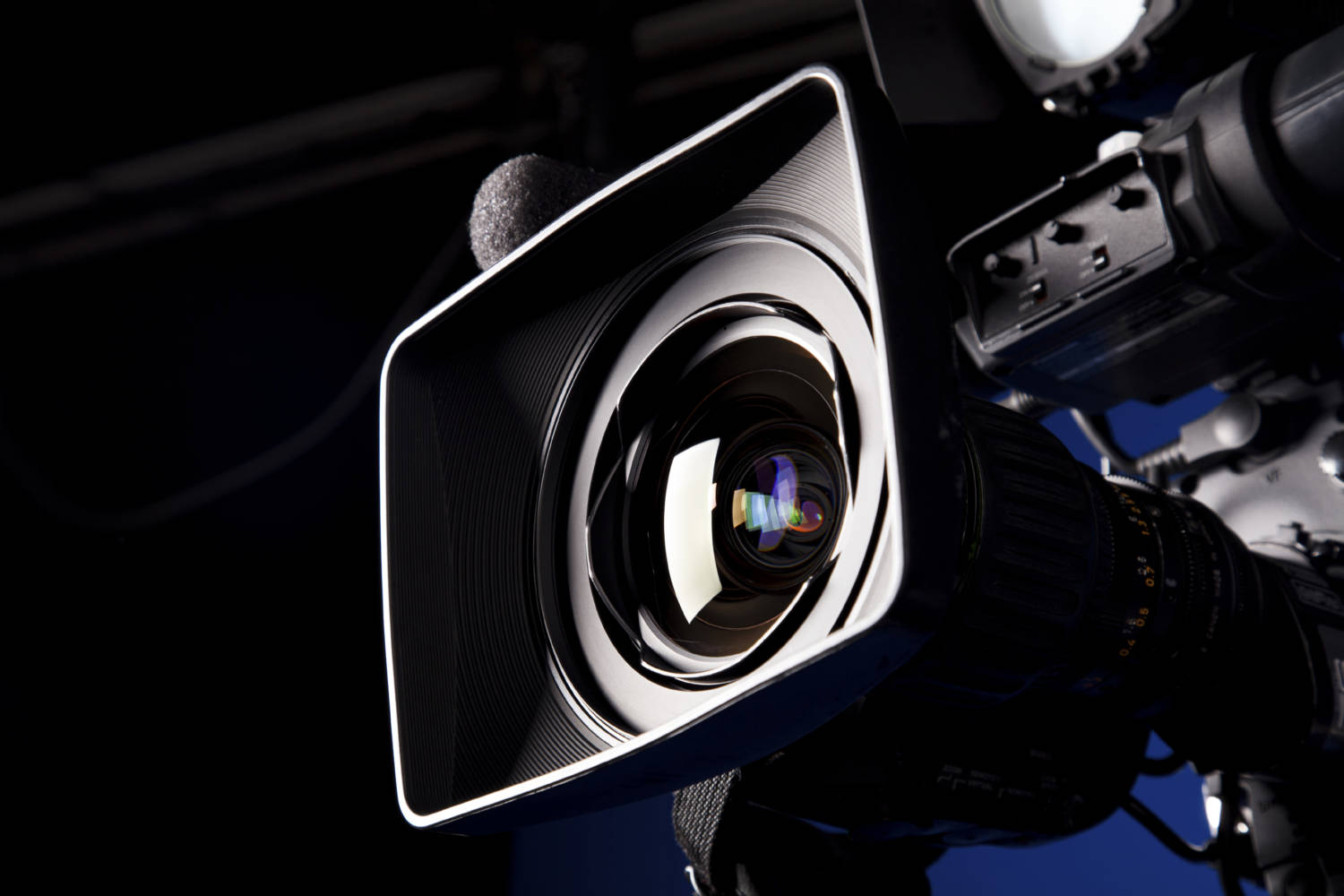When words and images compete, pictures win and your viewers misunderstand your story. But when words, images and audio work together, you give your story greater power and meaning.
Explain the video
Enrich viewers’ understanding of your story. Don’t simply tell them what they are seeing in the video. Explain what they are not seeing. But be careful: Don’t talk about something complete unrelated to the video. It will confuse viewers and they won’t remember what you said.
Put the viewer at the scene with natural sound
A brisk winter wind sound tells viewers how cold it is. Remember, natural sound is almost always close-up sound. So get the microphone closer and listen to the audio while you are capturing it.
Conduct ‘authentic’ interviews
Take sources to the scene of the story or the place where they will be most authentic. Avoid conference rooms or behind-the-desk interviews. The setting influences how comfortable sources feel and what they say.
Taken from Making Words, Pictures and Sound Work Together, a webinar replay by Poynter’s Al Tompkins at Poynter NewsU.
Have you missed a Coffee Break Course? Here’s our complete lineup. Or follow along on Twitter at #coffeebreakcourse.







